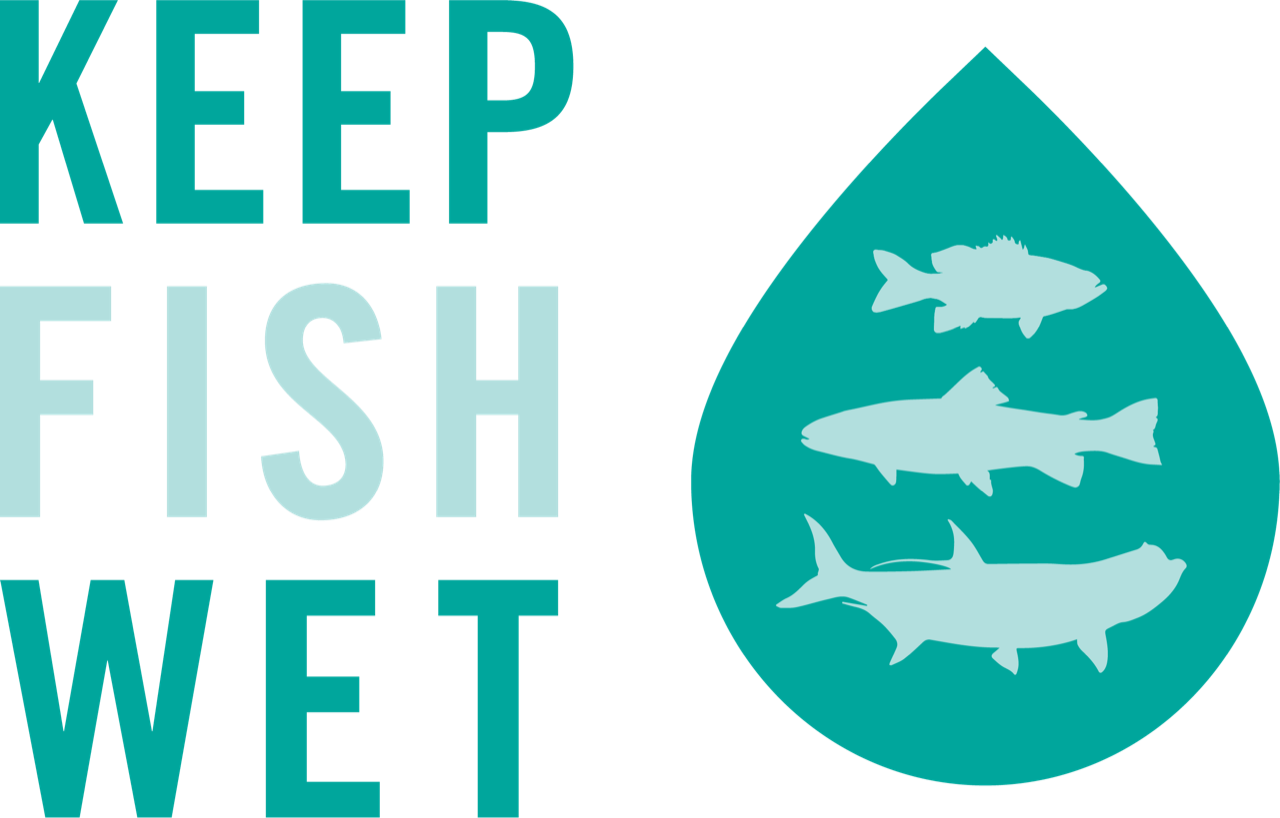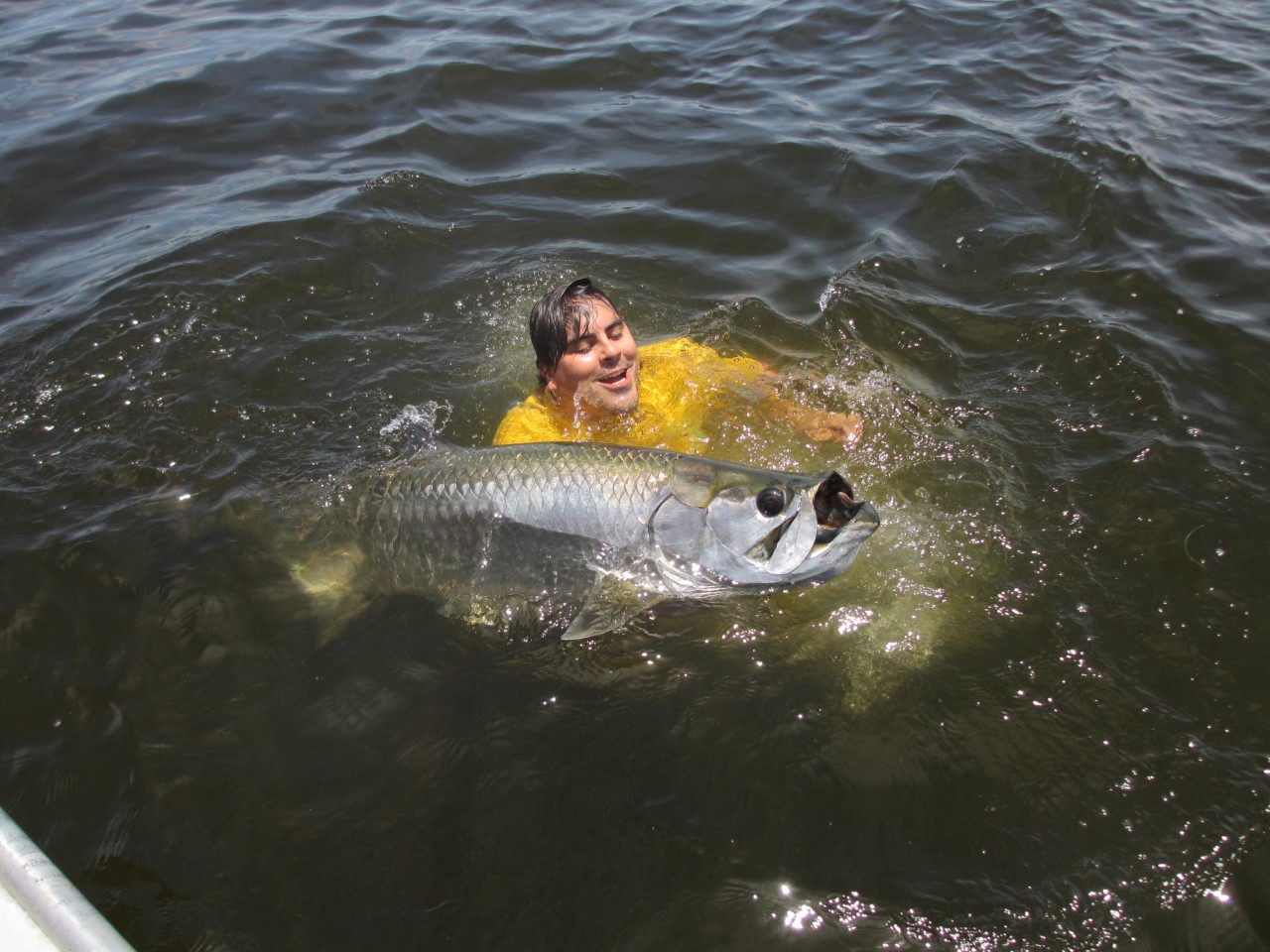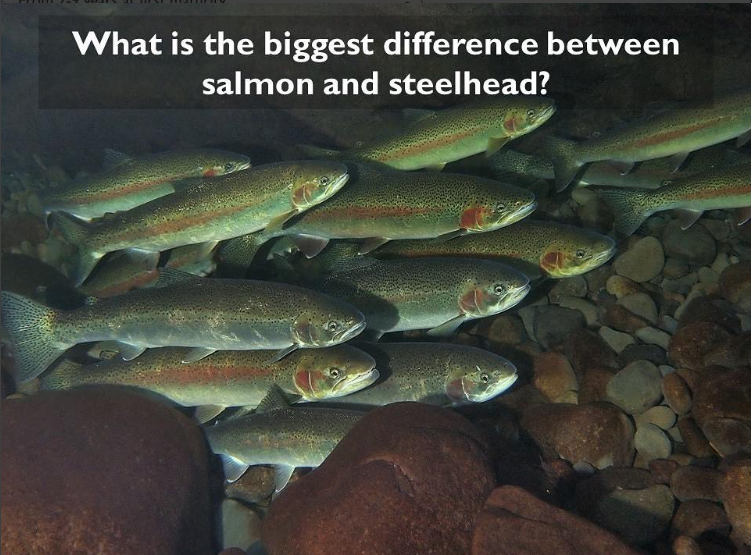Dr. Robert Arlinghaus is professor of integrative fisheries management at Humboldt-Universität zu Berlin and the Leibniz-Institute of Freshwater Ecology and Inland Fisheries. For the last 20 years he has studied the social, economic, ecological, evolutionary and institutional aspects of recreational fisheries around the globe and particularly in Germany. Robert has published over 200 peer-reviewed scientific articles and has close to 500 publications overall. His work has been acknowledged by key awards such as the 2008 Award of Excellence in Fisheries Management by AFS, the 2012 Medal by The Fisheries Society of the British Isles, 2016 Cultural Award and 2018 Award of Excellence in Public Outreach by AFS. In many of his projects he works intensively with anglers, guiders, and managers in so-called transdisciplinary research settings. Public outreach and science communication are two key areas of Robert’s expertise and interest. Robert has worked intensively on catch-and-release angling, both from a conservation and social/ethical perspective, and included his research results in several high level policy documents that provide recommendations for best-practices in catch-and-release angling; the best example being the Technical Guidelines for Responsible Recreational Fisheries published with UN FAO.
@RArlinghausFish


































































